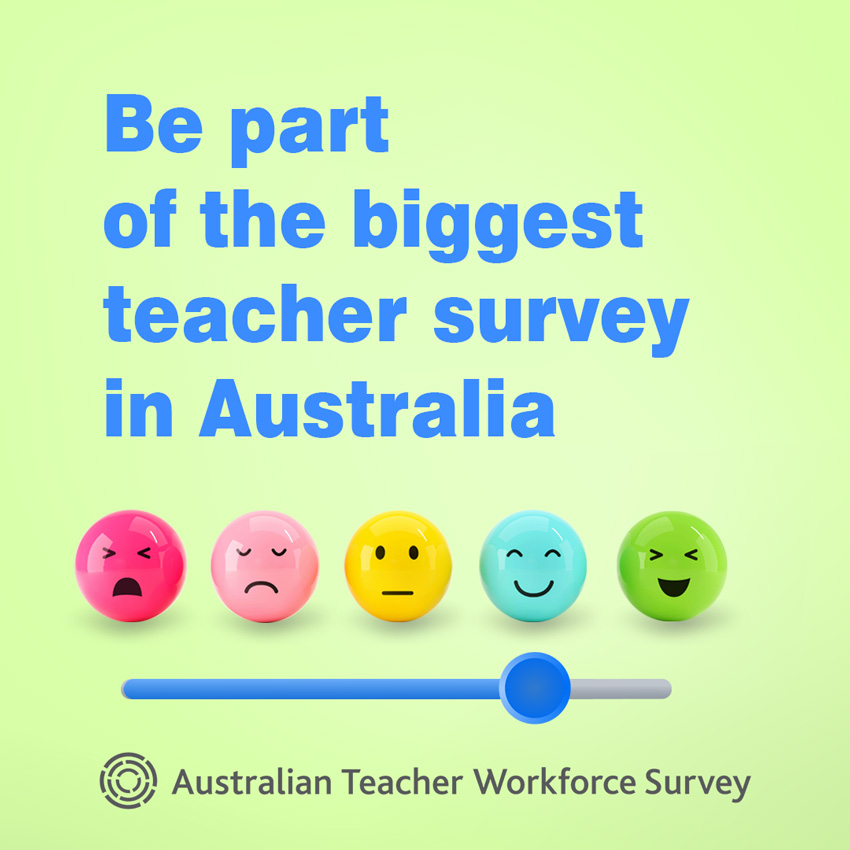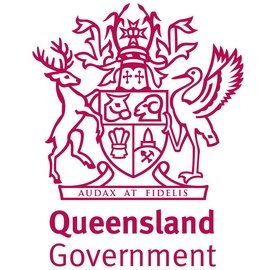AITSL’s annual Australian Teacher Workforce Survey is now live in most jurisdictions, with Victorian educators able to participate from October 15.
Topics canvassed include working arrangements, professional wellbeing, job demands and resources, as well as working hours and career intentions, among others.
AITSL’s acting CEO Edmund Misson told EducationHQ the survey aims to provide a platform for teachers to weigh in on key discussions about the workforce and its future.
“By gaining insights into the current opportunities and obstacles within the profession, we can contribute to shaping workforce strategies that effectively empower teachers,” Misson said.
All registered teachers, school leaders and early childhood educators across the country can opt to take part, with invitations sent out via email from relevant teacher regulatory authorities.
Last year more than 42,000 teachers took part in the survey, but AITSL want to hear from more this year.
It’s arguably been a tumultuous year for Australian teachers, with no shortage of workforce ‘crises’ making the headlines.
From chronic staff shortages to escalating workloads, mental health and wellbeing challenges, an evolving technological scene to navigate, poor student and parent behaviour, coupled with misogynist student attitudes inflamed by notorious online ‘manfluencers’, our teachers have been seemingly up against it.
In August, a Victorian study revealed burnt out and worn-down mid-career teachers are the most likely cohort planning to quit the profession or be weighing up their future in teaching.
Led by Dr Fiona Longmuir from Monash University, the survey canvassed the career plans and reflections of 8000 teachers, school leaders and education support staff who are AEU members in the state’s public schools.
Seven in ten intended to exit the sector before retirement.
Almost 40 per cent said they were unsure about whether they would continue in their roles.
Longmuir told EducationHQ it was time the focus shifted from attraction and preparation to retention in our efforts to rope in the unfolding teacher shortage crisis.
“There’s something about being in the job that is wearing them down and pushing them out.
“It’s not an individual issue with whether they’re suited or not, or that they haven’t been prepared well enough.
“It’s actually just that it’s tough and is … burning them out,” the researcher said.

Last year more than 42,000 teachers took part in the survey.
Dr Kristy Goodwin, a former teacher turned digital wellbeing and productivity expert, has also warned that digital burnout is rife within the teaching profession, with the condition seriously escalating over the last three years.
“I’ve delivered a keynote called ‘beat digital burnout’ to teachers and school leaders throughout the country, and it’s sadly been my most popular talk in the education sector,” the expert previously told EducationHQ.
“So, I think this speaks volumes about the pronounced problem: the inability to switch off [is having a] huge impact on teachers’ wellbeing, and it’s also having an impact on their performance.
“If you’re spending hours each night triaging your inbox or replying to student or parent messages, then you’re often not getting the psychological break that you need.”
Having been a teacher for 14 years, Goodwin said she knows well how educators can find themselves feeling guilty if they leave a message or email from parents hanging outside school hours.
“Part of this is the way technology has been designed,” she explained.
“It’s created the urgency fallacy. In the online world, everything feels urgent and important, because we have brains that were designed to go and forage and get information, not to have it continually sent and thrust to us.
“It tricks our brain into thinking this must be urgent and important.”
Goodwin said she had been hearing from teachers who reported colleagues were sending WhatsApp messages at 11 o’clock at night around lesson plan ideas.
Meanwhile, another emerging study has revealed that female teachers who face misogynistic behaviour and verbal abuse from boys are being gaslit by disbelieving parents and silenced by school leaders when they raise the issue.
As one teacher in the yet-to-be-published research reported: “Usually I get the response from the parent, ‘Not my boy. My boy would not do that. My boy would not have those values’.”
At the system level, much change has also been afoot.
Against the backdrop of an ongoing funding war between the Federal Government and state governments, a number of school systems have announced a commitment to make the science of learning and explicit teaching the cornerstone of all teachers’ practice.
In August, the ACT Government backed an expert panel’s call to dismantle its ‘highly autonomous’ public school system and implement a system-wide shift to literacy and numeracy instruction that aligns with the evidence.
Meanwhile, Victoria and NSW have announced sweeping changes to ensure classroom practices align with what we know about cognitive load theory and the science of learning.
For more information about how to participate in AITSL’s study, including the dates emails land in teachers’ inboxes, click here.















